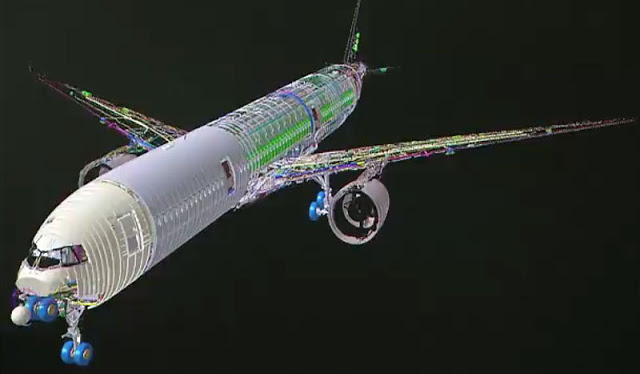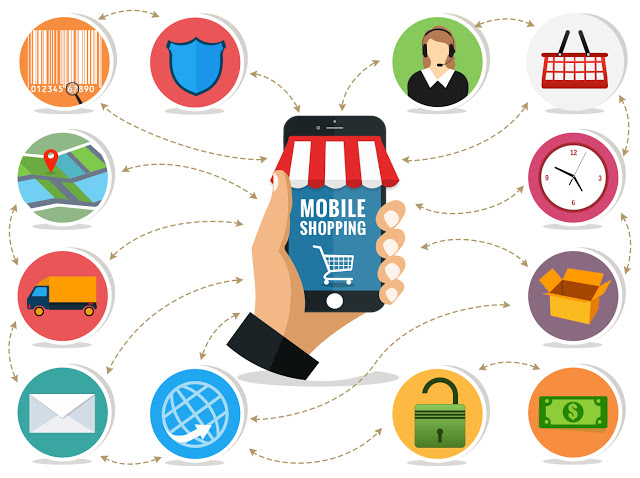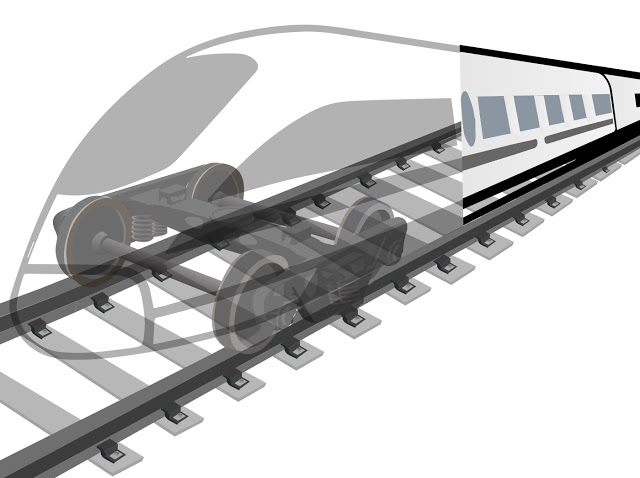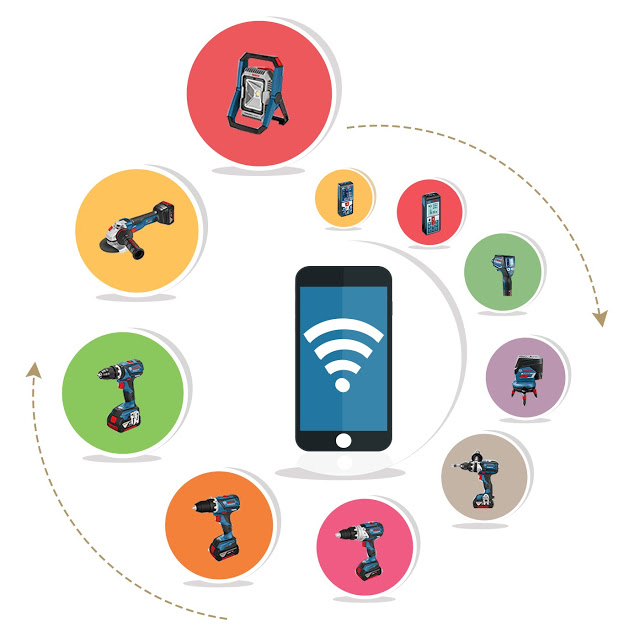The Internet of Things (IoT) is changing our world. This may seem like a bold statement, but consider the impact this revolutionary technology has already had on communications, education, manufacturing, science, business, and many other fields of life. Clearly, the IoT is moving really fast from concept to reality and transforming how industries operate and create value.
As the IoT creeps towards mass adoption, IT giants experiment and innovate with the technology to explore new opportunities and create new revenue streams. I was invited to Genius of Things Summit as a Futurist by Watson IoT and WIRED Insider and attended the long-awaited grand opening of IBM’s headquarters for Watson Internet of Things in Munich. The two-day event provided me an insight into what IBM’s doing to constantly push the boundaries of what’s possible with the IoT.
In this article, I have discussed the major developments that caught my interest and that, in my opinion, will impact and improve customer experience substantially.
IoT capabilities become an integral part of our lifestyle
According to IBM, the number of connected devices is expecting to rise as high as 30 billion in the next three years. This increasingly connected culture presents businesses with an opportunity to harness digital connections to improve their products and services and ultimately, foster deeper human connections in order to improve customer experiences and relationships.
IBM, being one of the world’s top innovators in IoT, announced an exciting series of new offerings at The Genius of Things Summit alongside 22 clients and partners. These new IoT capabilities are likely to be the future of the IoT and become an integral part of our lifestyle in the near future.
Digital Twin
Traditionally, industrial assets are designed, built, and operated using numerous data sources with engineers working in specialized teams that conduct analysis for their specific tasks separately. As a result, the most current information may not be available readily for critical decisions. These silos, in turn, lead to increased costs and inefficiencies, create uncertainties, and require a vast amount of time and resources. Digital Twin is a more efficient of working. It is a cloud-based virtual image of an asset maintained throughout the lifecycle and easily accessible at any time. One platform brings all experts together, allowing them to work cost-effectively using a collaboration platform, which helps reduce errors and improve efficiency. Consequently, this enables more profitable, safe, and sustainable operation.
Case — Airbus Makes Digital Twin Come to Life
Airbus and Schaeffler are using digital twin engines and digital twin bearings, respectively, to transform their production process, increasing operation productivity and improving design elements. IBM Watson is the IoT platform through which these two companies are reshaping their corresponding industries. Cognitive cloud-based insights augments predictive systems to enable improved safety and efficiency for these two manufacturing organizations. Watch the Digital Twin replay from Genius of Things.
Cognitive commerce
Cognitive commerce is a revolutionary phenomenon that involves the use of a spectrum of technologies, ranging from speech recognition to a recommendations system based on machine learning. A cognitive commerce journey is based on an in-depth understanding of customers’ behaviors and preferences, both at aggregate and individual level. The knowledge is then applied in a real-time manner to offer a truly personalized experience to the customers in order to improve their satisfaction and drive more revenue to the business.
Case: Visa Embraces the IoT
Visa partnered with IBM to leverage on the cognitive capabilities of IBM’s Watson IoT platform. The collaboration allowed Visa to launch a technology that will allow customers to make payments from any IoT connected device, from an application to a car or a watch. The new technology will not only eliminate the need to use sensitive financial information present on payment cards but will also introduce a new level of simplicity and convenience to customer journey. See more about Visa and IBM.
Predictive Maintenance
Predictive maintenance is a valuable application of the Internet of Things that helps reduce maintenance costs, increase asset availability, and improve customer satisfaction by issuing an alert before a machine or equipment breaks down. The technology involves analysis of large volumes of sensor data, such as temperature, oil levels, vibration, and voltage to predict maintenance needs before equipment failures happen.
Case: Watson IoT to Help SNCF Railway Run Smoothly
SNCF is a leader in passenger and freight transport services that has a network of over 15,000 trainers covering more than 30,000 kilometers of track. The company recently announced its collaboration with IBM. The collaboration will help SNCF connect its entire rail system, including trains, train stations, and railroad tracks to Watson IoT. Using real-time data collected from sensors, the company will be able to anticipate repair needs and improve the security and availability of its assets. Watch the CTO of SNCF explain more about their approach to better client outcomes with IoT.
Connected Devices
This involves the use of sensors to merge the real world and the digital world. These sensors are used in automobiles, smartphones, and other devices to make the devices web-compatible. These sensors measure humidity, light, temperature, magnetic fields, pressure, and sound. The information collected is programmed, processed, and transmitted using a radio network to the user, allowing them to control their smart devices from a remote location.
Case: Bosch Makes Industrial IoT a Reality
Bosch recently introduced its new and revolutionary ‘Bosch IoT Rollouts’ service for advanced device management and cloud-based software updates. Bosch will leverage on its development and manufacturing expertise as well as the IBM’s Watson IoT platform to update connected devices in a seamless manner and deliver personalized services and experience to customers with connected devices. Watch how Bosch and IBM are working together on the glue between IoT and connected products and devices.
The impact of how digitizing the physical infrastructure around us affects customer experiences is an ongoing source of inspiration for me. I will appreciate your comments, insights, and feedback on this article, as well as invite you to follow me on Twitter and LinkedIn to learn more about Big Data and IoT.
About the Author:
Ronald van Loon (Twitter: @Ronald_vanLoon) works with data-driven companies to generate business value in the field of digital transformation. He also writes for a number of leading big data publication websites, including The Guardian, The Datafloq, and Data Science Central. Also, he regularly speaks at renowned events and conferences.










